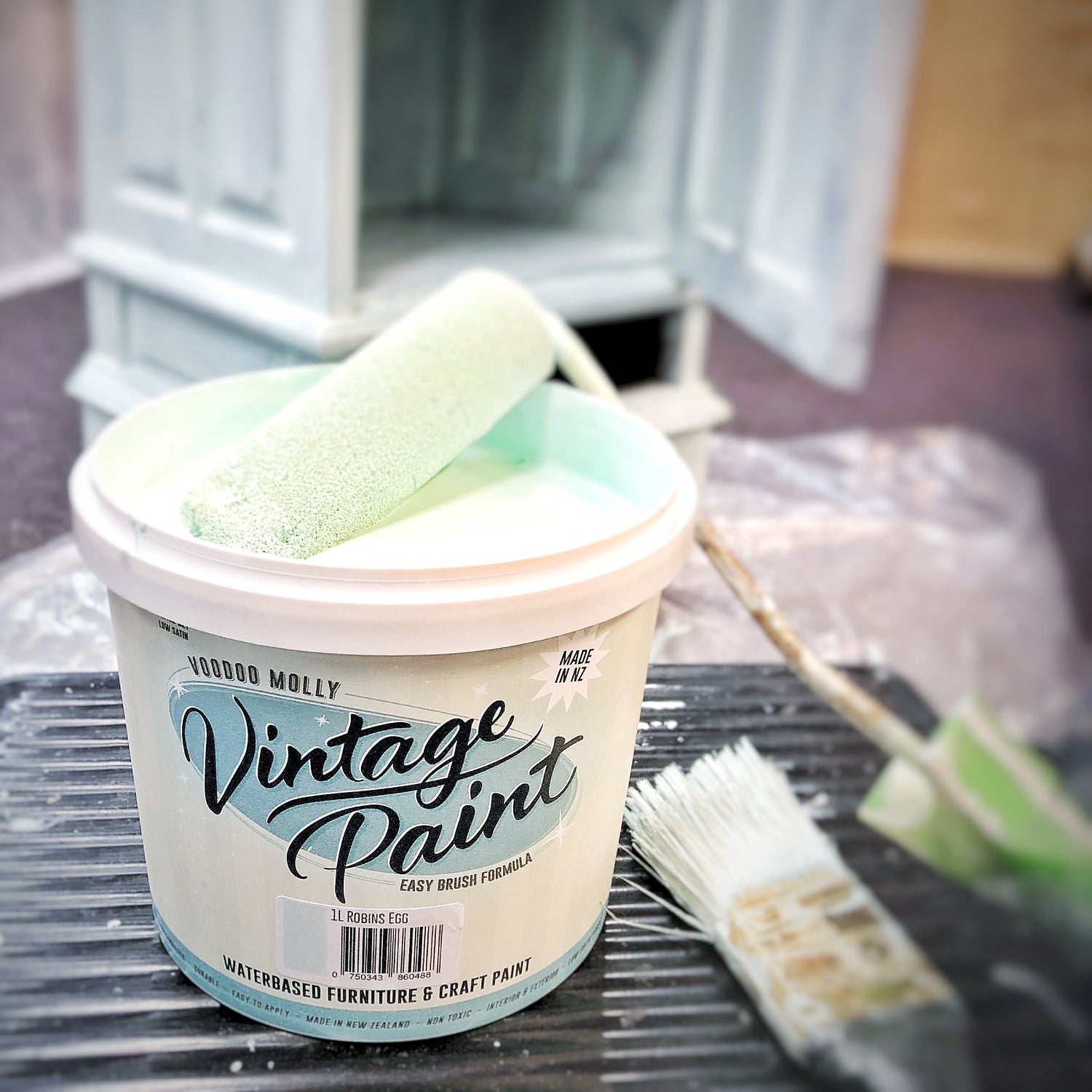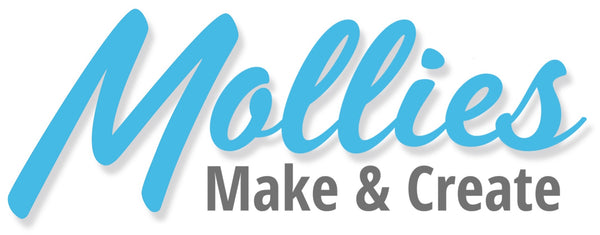Leathercraft is an ancient and revered art form that has been practiced for centuries. Working with leather requires an understanding of various terms and concepts to create exquisite and durable leather goods. Let's delve into three important leathercraft terms: weight (oz), temper, and tannage. These terms are fundamental to mastering the art of leatherwork and play a significant role in determining the quality and characteristics of the leather.
Weight (oz):
In leathercraft, weight refers to the thickness or gauge of the leather. It is typically measured in ounces (oz) or millimetres (mm). The weight of the leather is determined by the thickness of the hide or skin from which it is derived. A common misconception is that the weight represents the physical weight of the leather, but it actually measures the thickness.
Leather weights can vary significantly, ranging from lightweight to heavyweight. Common weight categories include:
- Lightweight (2-4 oz): Lightweight leathers are thin and pliable, making them ideal for projects such as wallets, cardholders, or clothing accessories.
- Medium-weight (4-6 oz): Medium-weight leathers strike a balance between durability and flexibility. They are commonly used for bags, belts, and small leather goods.
- Heavyweight (6 oz and above): Heavyweight leathers are thick and sturdy, suitable for projects that require extra durability, such as saddles, holsters, and footwear.
When selecting leather for a particular project, consider both the desired aesthetic and the functionality. Thicker leathers provide more structure and longevity, while thinner leathers offer greater flexibility and drape.
Temper:
The temper of leather refers to its stiffness or flexibility. Different leather types exhibit varying degrees of temper, and it is important to choose the appropriate temper for your project. The temper is influenced by factors such as the tanning process, the type of animal hide, and the intended use of the leather item.
Leathers can be broadly categorised into four temper categories:
- Soft temper: Soft leathers are highly flexible and pliable. They are often used for projects requiring a lot of bending and folding, such as gloves, upholstery, or garments.
- Medium temper: Medium-tempered leathers strike a balance between softness and firmness. They are suitable for a wide range of applications, including bags, wallets, and footwear.
- Firm temper: Firm leathers have less flexibility and more structure. They are commonly used for projects that require rigidity, like belts, straps, or saddles.
- Stiff temper: Stiff leathers are the most rigid and inflexible. They are primarily used for projects that demand exceptional strength and durability, such as sheaths, holsters, or armour.
Choosing the appropriate temper for your leatherwork ensures that the final product meets both your aesthetic and functional requirements.
Tannage:
Tannage refers to the process of treating animal hides to convert them into durable, workable leather. Raw animal hides are perishable, so tannage preserves them by preventing decomposition and imparting desired properties to the leather. Different tanning methods produce leather with distinct characteristics.There are two primary tannage methods:
- Vegetable tanned: Vegetable tanning is an ancient and traditional method that uses plant-based materials, such as bark or leaves, to treat the hides. This process takes longer but yields a firm, natural-looking leather that ages beautifully over time. Vegetable tanned leather is commonly used in high-quality leather goods, such as belts, wallets, and luxury accessories.
- Chrome tanned: Chrome tanning is a more modern and widely used method that involves the use of chromium salts. It is a quicker process compared to vegetable tanning and produces leather with different characteristics. Chrome tanned leather is softer, more pliable, and water-resistant, making it suitable for a wide range of applications, including upholstery, footwear, and bags.
In addition to these primary tanning methods, there are also other specialised tannages used for specific purposes. Some examples include aldehyde tanning, oil tanning, and combination tanning, each with its own unique qualities and applications.
Understanding the tannage of leather is important because it affects not only the appearance but also the performance and longevity of the final product. Different tannages can result in variations in color, texture, durability, and even environmental impact. Therefore, when selecting leather for your project, consider the tannage that best aligns with your desired outcomes.
Mastering the art of leathercraft involves familiarising yourself with various terms and concepts. Weight (oz), temper, and tannage are three essential terms. By understanding these terms, leathercraft enthusiasts can make informed decisions about the type of leather to use for their projects, ensuring that the final products meet both their aesthetic preferences and functional requirements. Whether you're creating wallets, belts, bags, or other leather goods, a deeper understanding of weight, temper, and tannage will undoubtedly enhance your craftsmanship and enable you to produce exquisite, long-lasting leather creations.


